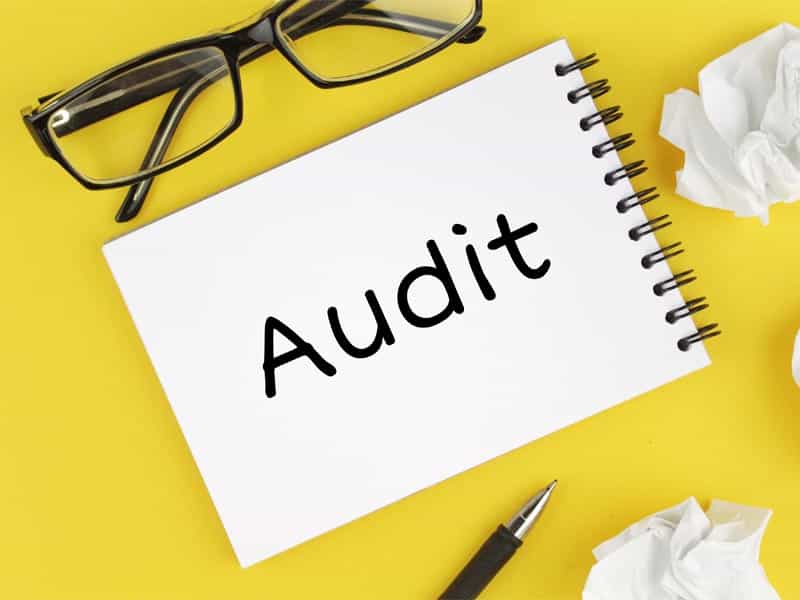Find the best SEO strategy for your business:
Use the quick links below to view answers
1. Every website should be mobile friendly in 2017
2. Create more pages on your site in 2017
3. Put your best or top entry pages in the upper part of your website
4. One of the biggest ranking factors for 2017 is your page titles and page descriptions.
5. Social Signals especially Google Plus (G+ no longer exists)
6. Ratings and Reviews about your business
7. Algorithm Pigeon – local entities
8. Links play a significant role in 2017
9. On-Site SEO – Page Content
10. Quality Website
Please note: Even though I wrote this article for my clients in 2017, all of the points remain valid and should be adhered to when improving your website SEO (Search Engine Optimisation).
Search engine optimisation is an essential aspect of every website and needs consistent implementation if you want to keep up with your competition.
Many small to medium-sized businesses know that SEO is time-consuming and use professional SEO services like ours to stay ahead. There are thousands of companies today that specialise in SEO services and are all fighting for top positions on Google, Yahoo and Bing.
Mediatopia can continually advise you on the best strategy for your online business, working within an affordable marketing budget.
Here is a list of SEO tips and techniques to help your website perform better on the search engines in 2017:-
Please note: Even though I wrote this article for my clients in 2017, all of the points remain valid and should be adhered to when improving your website SEO (Search Engine Optimisation).
Algorithms and their purpose
In the past couple of years, Google has implemented some Algorithms to improve global search.
Each Algorithm performs a particular function that trawls data on every website listed on their search engine.
Each Algorithm then decides whether or not the site adheres to the rules set. If the site adheres, it gets awarded plus points. If it does not, then the website gets penalised, meaning your website will lose its rank position.
Some of you may be familiar with PANDA or HUMMINGBIRD, or PENGUIN (the names of some of the Algorithms).
The reason Algorithms get implemented by Google.
Several years ago, it was relatively easy if you knew what you were doing to get any website to the top spot for a keyword on Google.
Techniques used are what we call ‘Black Hat Methods’ or ‘Unethical SEO’, and everyone was doing it globally!
Techniques included:-
- over-stuffing pages with keywords
- over stuffing the Meta with keywords
- unnaturally writing content packed with keywords
- hiding keywords that were written in white, making them invisible
- using anchor text on links stuffed with keywords
- buying thousands of links and pointing them all to individual pages
The list of these methods is endless – but they all worked, and so many web admins created hundreds of websites that used these techniques.
The Algorithms were invented to STOP all these sites from appearing, and specific guidelines were put in place.
From the first Algorithm, millions of websites disappeared from the searches.
These Algorithms continue at different times of the year to adjust the overall score of your site, penalising and awarding various locations for the multiple criteria that Google have put in place.
Understanding what SEO works and what SEO doesn’t
Having been a researcher and advocate of Search Engine Optimisation for many years, it is my business to know everything I can about these methods.
- I frequently talk with some of the best online marketing gurus in San Fransisco.
- I go to seminars in London to listen to the top online marketing specialists.
- I follow all the top blogs that write about these methods
- I know people who know some of the top programmers at Google headquarters
- I have trialled and tested all these techniques myself
Owning a web design and development company, I need to know and not just speculate.
Below are some of the most significant changes in 2017 that will rank your website on Google #fact!
The points below are crucial if you depend on search engine traffic to your business website – if you do not depend on search engine traffic, they are still important!
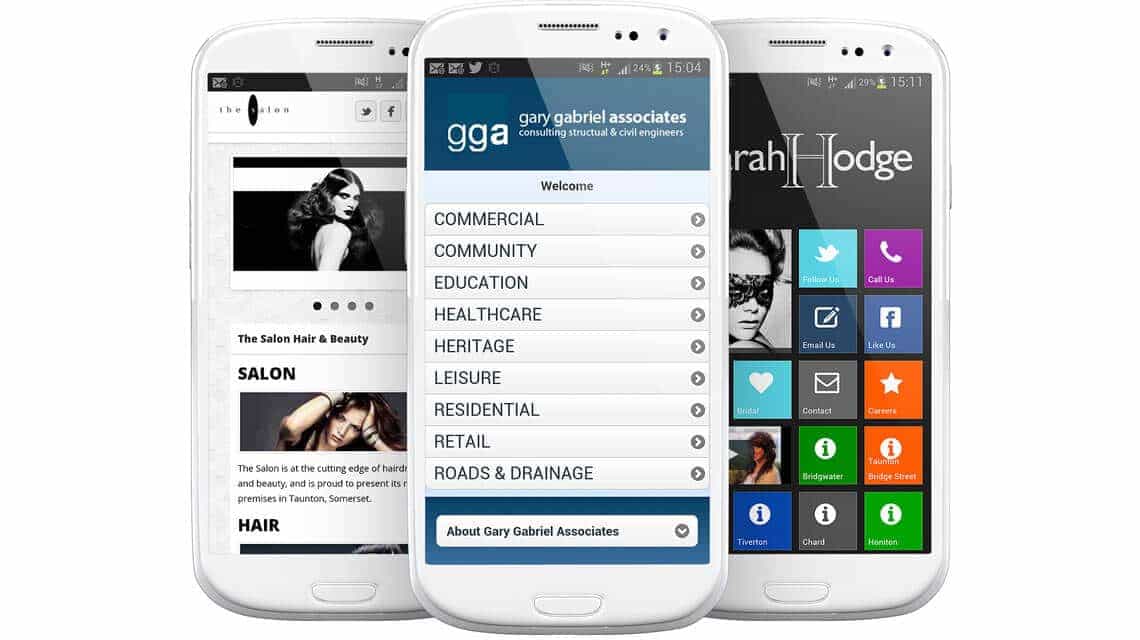
Every website should be mobile friendly in 2017
Using your cell phone on the search results page, Google has started to list websites that are mobile-friendly – as mobile-friendly. If you have a smartphone with internet capabilities, try this out. Go to Google > search for a business > scan the results, and you will see on the left-hand side by the company listing the words Mobile-friendly.
Warning! Google will start de-ranking websites that are not mobile-friendly in 2017 – this means that if you start dropping in the search listings, this will be one of the reasons.
Create more pages on your site in 2017
It is a fact that the bigger the site and the more pages it has got is an actual signal in the eyes of Google – the more significant your website, the better!
Warning! Google will award more significant sites a bonus – which usually means higher positioning of your site.
Put your best or top entry pages in the upper part of your website and move everything else to the footer
By this, I mean pages that get the most traffic. Looking at your analytics control panel, you will know what these pages are. Pages like home, about us and contact should be moved to the footer.
Warning! Do you use website analytics to track and monitor your website? Would you like to? If you need any help understanding metrics or need this set up on your site – get in touch with the Mediatopia support team.

One of the biggest ranking factors for 2017 is your page titles and page descriptions
The thick blue line is the page title.
The two lines of standard black text are the page description.
Ensure every page title and description are complete – these need writing naturally and are not overstuffed with your keywords!
You will need to stick to one topic per page and differentiate your page titles from your competitors – look at the top websites in your industry and see what they have put.
Also, should you put keywords in the keywords, Meta? My advice would be yes. Why? Because the other search engines like Bing still use keywords as a ranking factor even though Google does not – as you want enquiries from every source possible!
Social Signals especially Google Plus (G+ no longer exists)
One of the most significant ranking factors is also social media engagement. Lots of business owners find this difficult, and it is very straightforward. All you need to do with these channels is engage with other companies, like and comment, and re-tweeting their information. These signals need to be in your niche industry sector; there would be no point if you have a fashion boutique doing this with a mechanic – the two are entirely unrelated.
It is not so much about trying to sell your products on these channels; quite the opposite.
However, you also want to post your information, which can be products, purchasable items, news within your company, or statements from your industry sector.
If it is just an endless monotonous stream of ‘Buy this, it’s only £50′ again and again, people will not want to share and will not follow or like. Make what you are posting either factual and exciting or at least slightly funny or zany, and this will attract people to follow, like, tweet and share your information!
If you decide not to use Facebook or Twitter or any of the 300-plus channels readily available, then in 2017, you can expect a drop in your website rankings!
Warning! Again if you do not understand the implications of Social Media and how to use it effectively, then contact me, and I will try to explain in layman’s terms!
Further Explanation about Social Media Engagement
Google looks at your social profiles to see the engagement your business has – no participation = poor rankings, plenty of commitment – accurate results and more traffic to your website.
A big ‘watchword’ is CTR – this means click-through rate.
Google wants to see your web visitors clicking on the links you post to social media, which leads to popularity. It is all about retention and having a quality website that web visitors stay on and browse. If that web visitor clicks a social link and then looks at your site for two seconds because you do not have a quality website, this can count heavily against you and your rankings. Google wants to see web visitors landing on a page and clicking through.
When searching Google and keywords are typed into the search bar – Google performs a search and explores social media profiles & schematic data. It looks for all the mentions of your business on all the social channels:-
- how many tweets have you made
- how many people have re-tweeted your info
- how many Facebook likes and shares do you have
- how many web directories are you on
- how many pages does your website have
- if you have any schematic data linked to your website
- If you have a Google map listing and how well it is filled out
- the content on your pages
- how fast your website loads
- is the coding new or out-dated
- do you have a news page
- plus hundreds of other signals
no longer is your website solely being ranked for its content – this is just one factor amongst hundreds!
What makes me so knowledgeable about Social Media? In 2012, I was doing a lot of Social Media promotion myself. Here is one accolade I received from LinkedIn. This was out of 200 million professionals at the time!
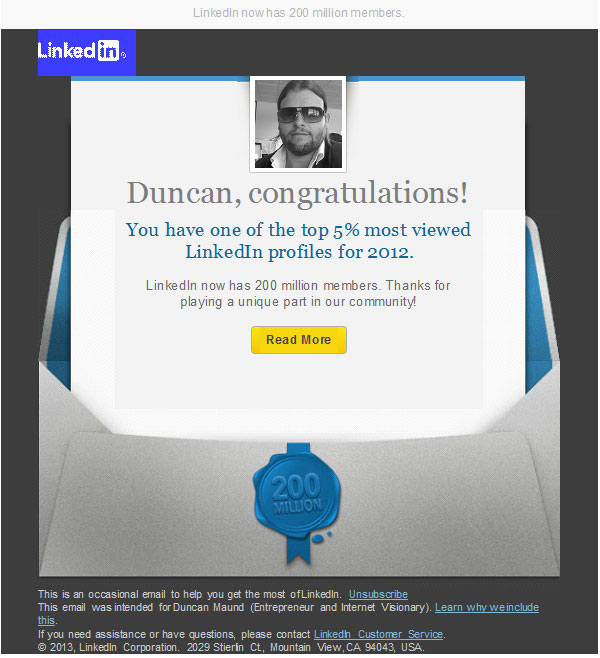
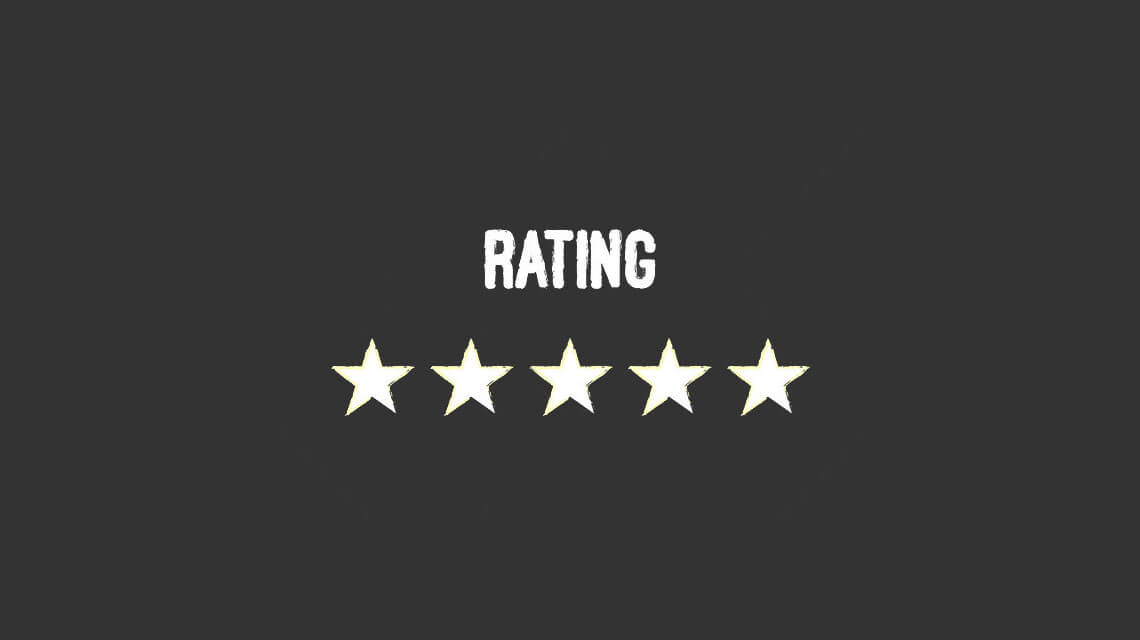
Ratings and Reviews about your business
Start getting your clients to give you recommendations about your business. Implement a website reviewing system or offer your customers incentives via email. People review your business on various platforms from Google Places, LinkedIn, Yelp or Trustpilot – this is not a definitive list.
Reviews are how Google ranks businesses according to what others say about them.
When someone types a keyword in Google, it sifts through all these reviews. Sourcing the firm with the most reviews or, if you have any thoughts, will rank your business once it has finished crawling all the social signals. If you have no social signs or very few compared to your competition, the results will emulate this!
Warning! If you want to know what websites you can get reviews from – Simply use Google to search for ‘rating and review sites’ and then follow the instructions. Alternatively, ask me or one of my team and we will advise you accordingly.

Algorithm Pigeon – local entities
It would be best to start listing your business in as many local directories as possible.
You also need to enhance your Google Maps listings and make them as attractive as possible:-
- If you offer free parking, then list it
- if you provide tea and coffee facilities, then record that
- write a list of all the services that you offer
- take pictures of your office/shop, absolutely everything
Enhancing your listings on Google Maps is not just beneficial for local searches. This is also useful for global listings.
Warning! Search for your business on Google and see if your business listing appears. If it does not, open a Google account and follow the instructions – you will thank me!
Links play a significant role in 2017
It would help if you got links to your website from high-authoring sites or sites that Google trusts.
It would help if you were looking for sites with a high trust rank.
Get links to your primary content. Do not always concentrate just on the homepage. You should also target your service pages, or if you sell products, then your top-selling product pages!
Google tends to ignore links that come from:
- social bookmarking
- press releases
- comments
- multi-topic websites
- manual post sites
Warning! Try to get links from topical references that are in your field.
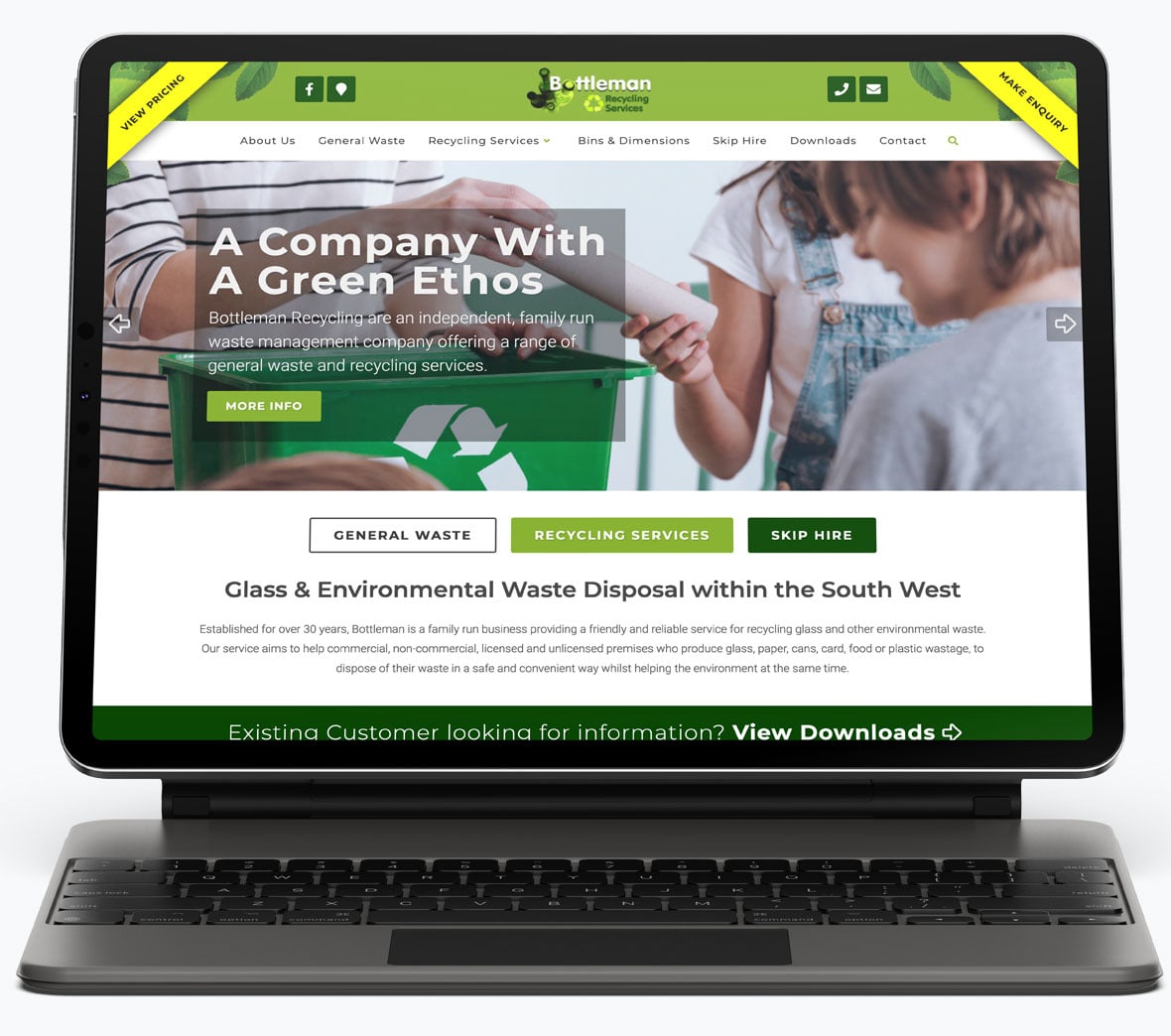
On-Site SEO – Page Content
Make your web pages stand out
- Write information about your business
- What exactly do you do?
- Where is your target market?
- Do you have enough staff to warrant a team page?
- Do you have any careers within your business to advertise?
- What services do you offer? Go into depth and detail about them!
- What makes your company different from your competitor? Words are necessary. Add more pages if you need to. Add Social Media links and share buttons. The importance of this is vital for your web visitors. Engage them!
Warning! Social profile links need to be placed on pages. If you cannot do this, ask Mediatopia to put them on there. These links are what let the Google juice flow from your social profiles back to your website.
We Offer a Free Website Appraisal Service
Click the link, enter your website address, name, email and contact number – simple!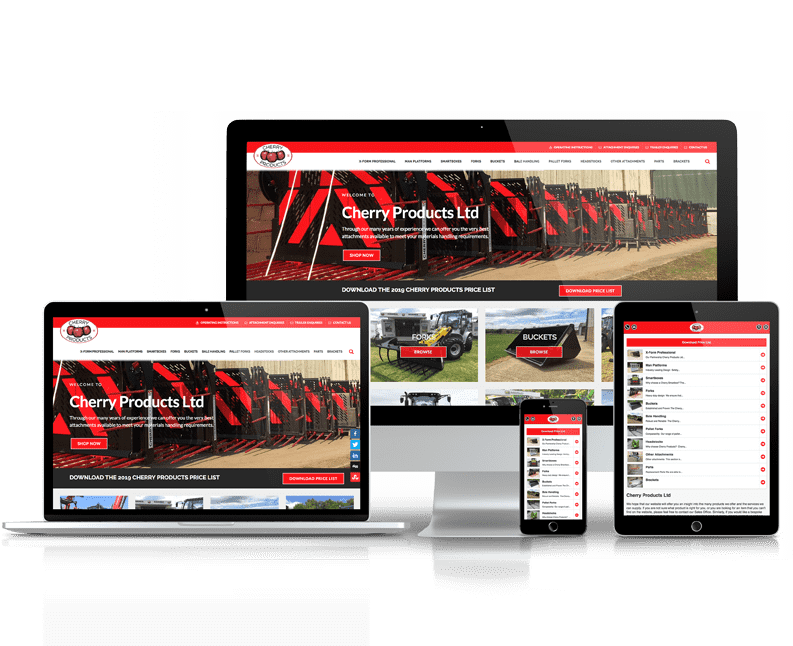
Quality Website
Having credible landing pages is the most significant factor that is made up of all the other factors mentioned:-
- If your site is tired looking
- made with old technology
- the images are outdated
- the wording is old
- it does not work on phones and tablets
- the text is sparse
- you have no social media
- Moreover, your on-page SEO is weak
Warning! Social profile links need to be placed on pages. If you cannot do this, ask Mediatopia to put them on there. These links are what let the Google juice flow from your social profiles back to your website.




